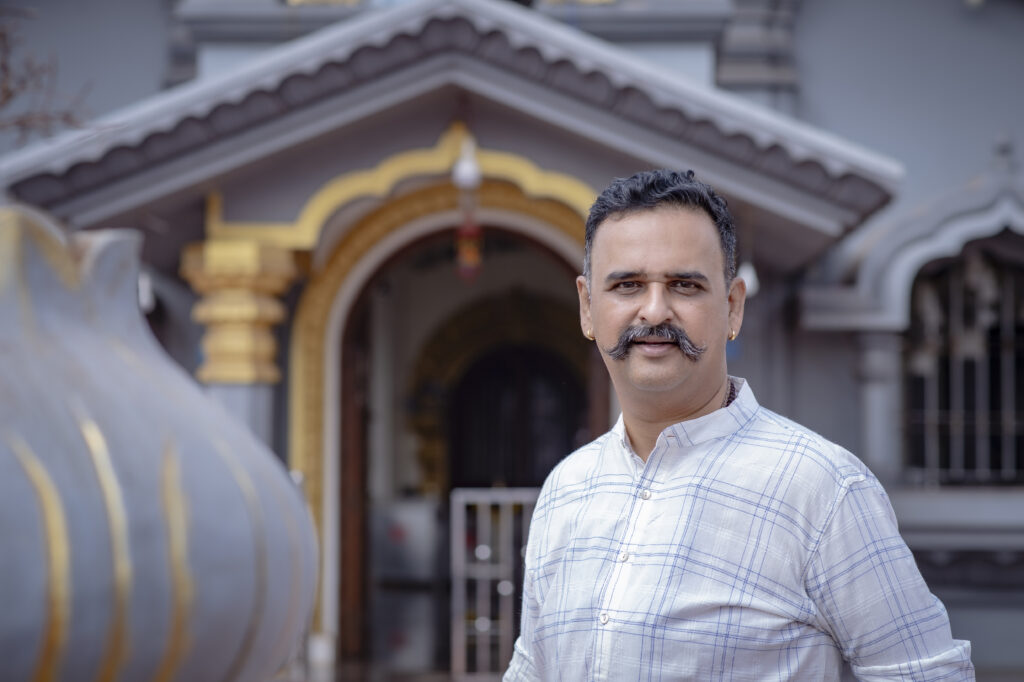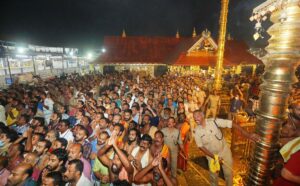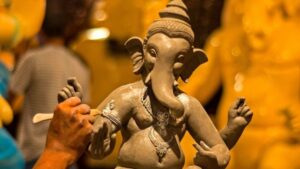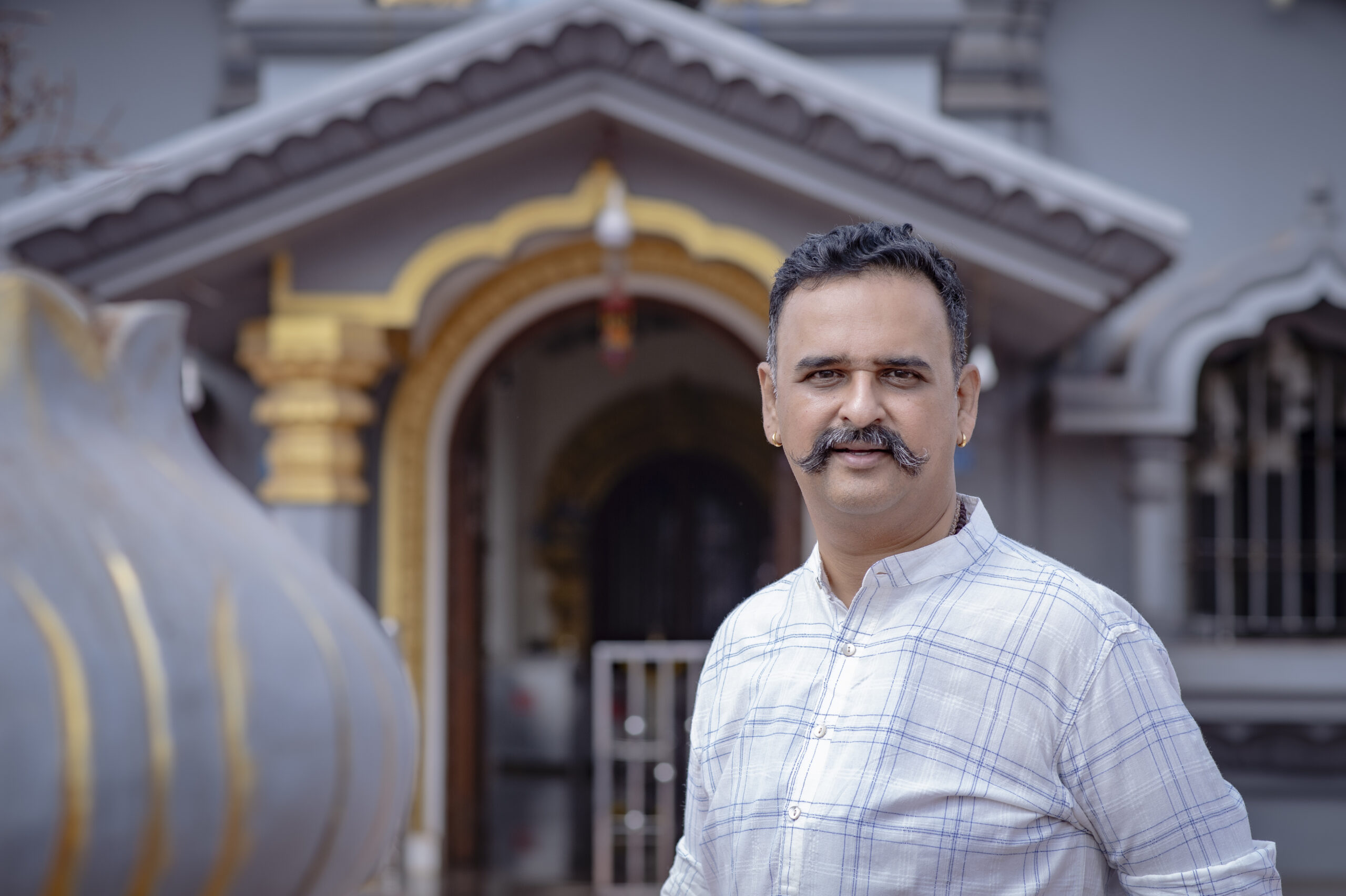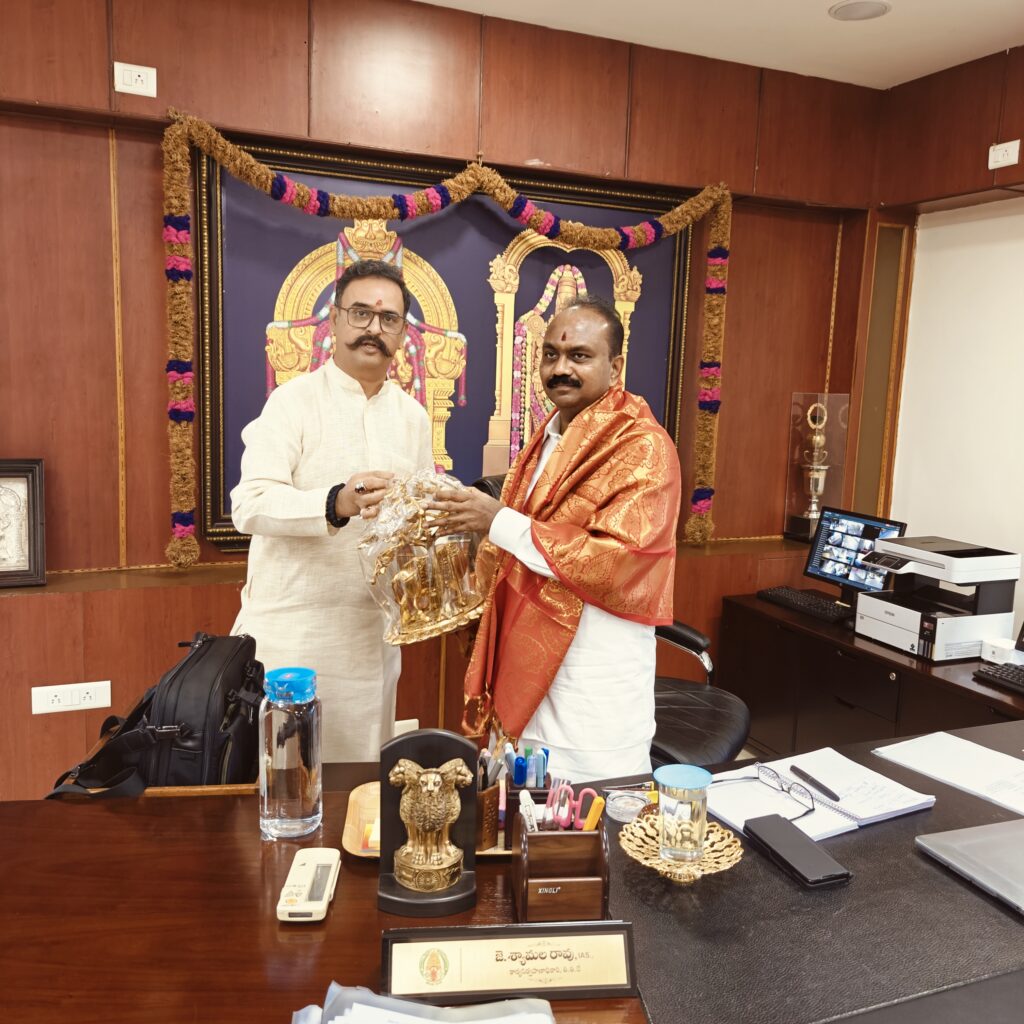The Real Shakti of Navratri?
Volunteers.
Crowds move, prasad flows, aarti begins – all because of them.
Step into any Navratri mandap and pause for a moment. Before the music, before the chanting – look at the movement. It’s volunteers directing queues, passing plates of prasad, adjusting the mic before the aarti, guiding children who lost their parents in the rush.
This is the hidden system that temples rarely talk about. And here’s the truth: volunteer power isn’t seasonal. If trained and nurtured, it can keep temples alive all year – not just for nine nights.
Here’s the cheat-code playbook temples can adopt immediately.
1. Training: Give Them Skills, Not Just Duties
Handing a volunteer a lathi or mic without training is a recipe for burnout. Most volunteers are handed tasks like crowd control or cleaning – but zero preparation. That kills motivation fast.
Instead:
Volunteers.
Crowds move, prasad flows, aarti begins – all because of them.
Step into any Navratri mandap and pause for a moment. Before the music, before the chanting – look at the movement. It’s volunteers directing queues, passing plates of prasad, adjusting the mic before the aarti, guiding children who lost their parents in the rush.
This is the hidden system that temples rarely talk about. And here’s the truth: volunteer power isn’t seasonal. If trained and nurtured, it can keep temples alive all year – not just for nine nights.
Here’s the cheat-code playbook temples can adopt immediately.
1. Training: Give Them Skills, Not Just Duties
Handing a volunteer a lathi or mic without training is a recipe for burnout. Most volunteers are handed tasks like crowd control or cleaning – but zero preparation. That kills motivation fast.
Instead:
- Quick Induction → Just like darshan orientation, give them a 30-minute crash course — safety drills, how to talk to devotees, first-aid basics.
- Buddy Pairing → Pair new volunteers with experienced ones for on-ground learning.
- Skill Badges → Create levels (Bronze = Prasad service, Silver = Queue management, Gold = Emergency response). Gamifies seva.
Volunteers trained this way don’t burn out. They build identity.
2. Rotation: Don’t Overuse the Same Faces
One of the biggest mistakes? Relying on the same 20 people every year. By day four, they’re exhausted. By year three, they quit. Temples should design a rotation calendar:
2. Rotation: Don’t Overuse the Same Faces
One of the biggest mistakes? Relying on the same 20 people every year. By day four, they’re exhausted. By year three, they quit. Temples should design a rotation calendar:
- Festival Core Team → 30% trained veterans
- Rotational volunteers → 50% community members on 2–3 day slots
- Reserve Pool → 20% on-call replacements (always needed).
Think cricket squad. Not everyone plays every match, but everyone stays in the game.
3. Recognition: More Powerful Than Money
Volunteers aren’t looking for a salary. They’re looking for significance.
Try this:
4. Year-Round Engagement: Don’t Let Them Sleep for 356 Days
Temples usually wake up volunteers only during peak festivals. Wrong strategy. Between Navratri and Diwali, or Shivratri and Ganeshotsav, lies dead time. That’s where attrition happens.
Instead, use volunteers as:
5. Culture: Build Belonging, Not Just Management
People don’t stay for work. They stay for the feeling. Navratri volunteers should feel like part of a living community, not replaceable labor.
Simple moves:
The deeper truth is this: Temples need more management of the human energy already present. Navratri proves it every year. The lamps may burn for nine nights. But volunteers? They can keep temples glowing all year – if only temples learn to train, rotate, recognize, engage, and nurture them like family.
P.S. Have you ever volunteered in a temple? What made you stay – or step away? Write to me.
3. Recognition: More Powerful Than Money
Volunteers aren’t looking for a salary. They’re looking for significance.
Try this:
- A special Volunteer Darshan Line after the festival ends.
- Certificates or Blessing Scrolls signed by temple authorities.
- Public Thanksgiving Ceremony – applause works better than any honorarium.
4. Year-Round Engagement: Don’t Let Them Sleep for 356 Days
Temples usually wake up volunteers only during peak festivals. Wrong strategy. Between Navratri and Diwali, or Shivratri and Ganeshotsav, lies dead time. That’s where attrition happens.
Instead, use volunteers as:
- Monthly Annadanam Managers (feeding programs).
- Eco-Seva Teams (tree planting, waste management drives).
- Digital Seva Teams (running social media, updating temple websites, live streaming aarti).
5. Culture: Build Belonging, Not Just Management
People don’t stay for work. They stay for the feeling. Navratri volunteers should feel like part of a living community, not replaceable labor.
Simple moves:
- Host annual Volunteer Sammelans with music, stories, and shared meals.
- Share impact stories (e.g., “Ravi managed 3,000 devotees in 2 hours – without chaos”).
- Create a WhatsApp group that doesn’t just send duty rosters, but birthday wishes, festival greetings, and spiritual reflections.
The deeper truth is this: Temples need more management of the human energy already present. Navratri proves it every year. The lamps may burn for nine nights. But volunteers? They can keep temples glowing all year – if only temples learn to train, rotate, recognize, engage, and nurture them like family.
P.S. Have you ever volunteered in a temple? What made you stay – or step away? Write to me.
